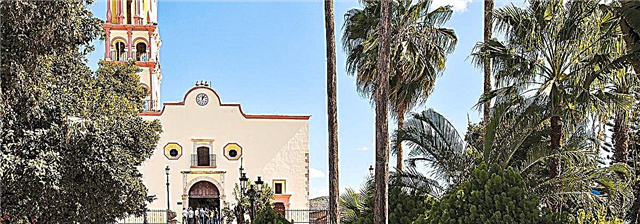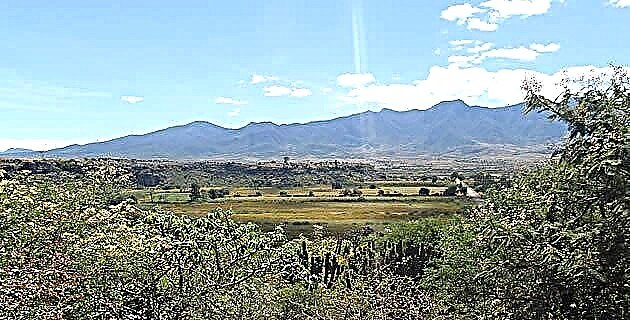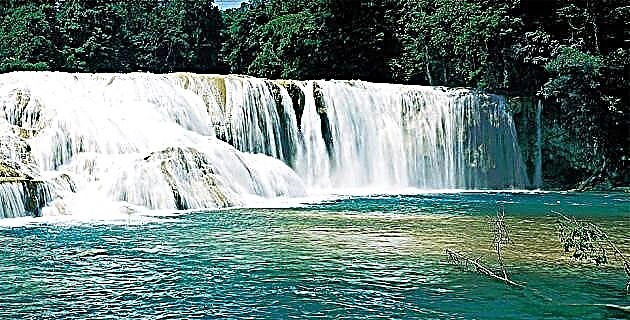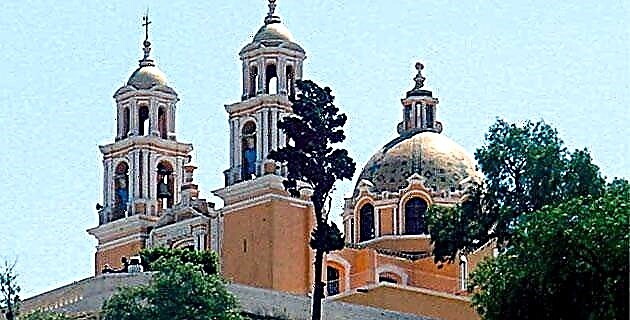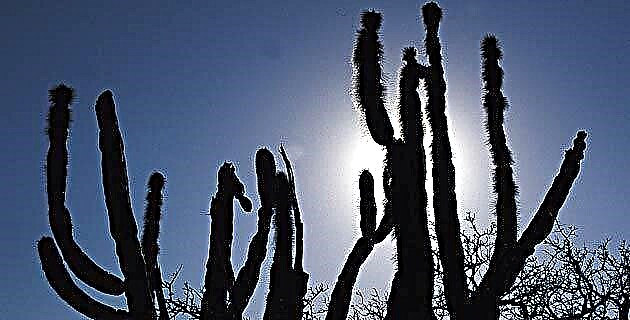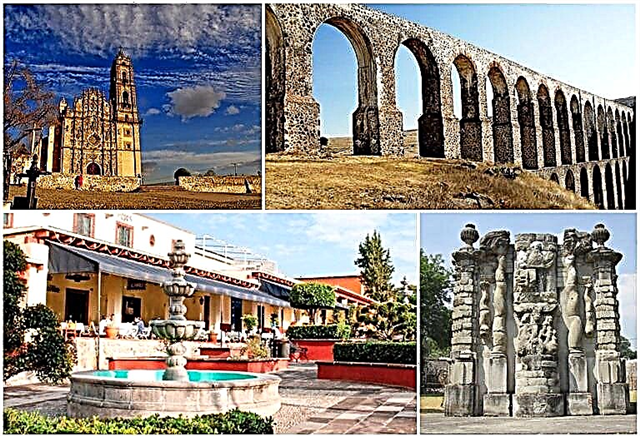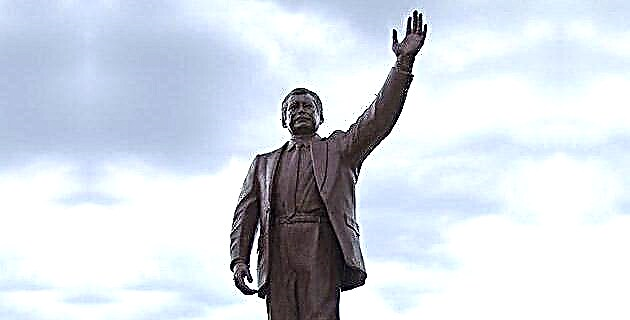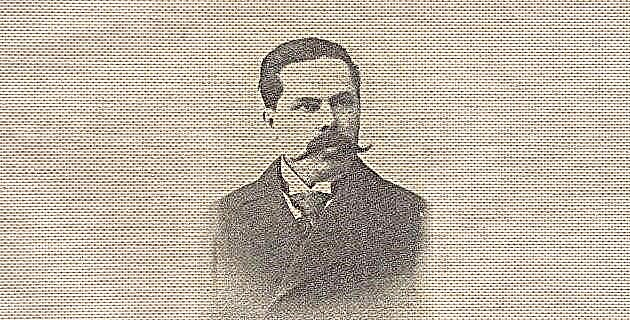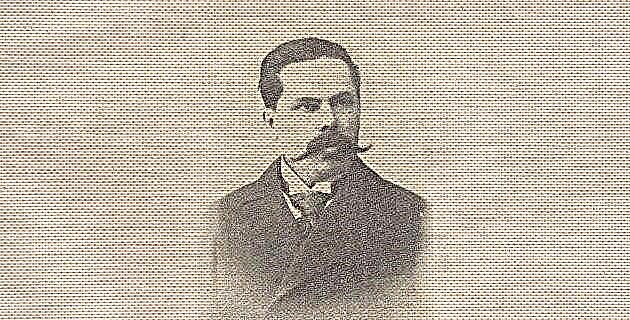
José Narciso Rovirosa Andrade was born in 1849 in Macuspana, Tabasco. He was a distinguished member of various scientific institutions, a public official, and represented Mexico at the Paris Exposition of 1889 and at the Universal Colombian Exposition in Chicago, USA, in 1893.
José Narciso Rovirosa Andrade was born in 1849 in Macuspana, Tabasco. He was a distinguished member of various scientific institutions, a public official, and represented Mexico in the Paris Exposition of 1889 and in the Universal Colombian Exposition in Chicago, USA, of 1893.
On July 16, 1890, José N. Rovirosa left San Juan Bautista, today Villahermosa, in the direction of Teapa, with the purpose of enriching his knowledge of the alpine flora of southern Mexico. Crossing the extensive plains, rivers, fords and lagoons took him all day and at dusk he reached the foot of the mountains.
From the highest part of the road, at 640 meters above sea level, the deep Teapa River is discovered, and in the distance the Escobal, La Eminencia, Buenos Aires and Iztapangajoya hills, linked by a kind of orographic isthmus. In Iztapangajoya, as soon as the mission that led me to Teapa was known, some people came to ask me about the properties of the plants. That curiosity did not seem strange to me; A long experience has taught me that the unenlightened population of formerly Spanish America considers the study of plants without purpose, if it is not aimed at providing new elements to therapy, says Rovirosa.
On July 20, Rovirosa meets Rómulo Calzada, discoverer of the Coconá cave and agrees to explore it in the company of a group of his students from the Juárez Institute. Equipped with ropes and a hemp ladder, measuring instruments and boundless courage, the men enter the cavern lighting themselves up with torches and candles. The expedition lasts four hours and the result is that the cave measures 492 m divided into eight main rooms.
I spent several days in the city of Teapa, filled with the attentions of some people who constitute the most select part of society. I had comfortable accommodation, servants for service, people who offered to accompany me on my excursions into the woods, all without any stipend.
After spending most of the day in the fields, in the afternoon I was busy writing down the most interesting things from my excursions in my diary and drying plants for my herbarium. The first region that I explored was the river on both banks (…) then I visited the slopes of the Coconá and the steep hills on the right bank of the Puyacatengo. In both places the vegetation is jungle and abundant in unique types for their shapes, for the elegance and perfume of their flowers, for the medicinal virtues attributed to them for their applications to the economy and the arts, the naturalist mentions.
The metals extracted in the Santa Fe Mine, gold, silver and copper, express the wealth buried in the mountains.
The mines belong to an English company. A bridleway facilitates the conduction of the concentrated metals to the Teapa River, where they are shipped in a steam and transported to the port of Frontera.
An expert explorer, José N. Rovirosa left nothing to chance: A forward-thinking traveler can never ignore the advantages of a thoughtful expedition, nor forget that its success depends on the available elements, that is, on the scientific resources and those that They are intended to preserve health and life; You should be provided with appropriate clothing for the weather, a travel hammock with a mosquito net, a rubber cape, a shotgun or pistol and a machete are necessary weapons. Neither must a small medicine cabinet, a barometer from the Negretti and Zambra factory in London, a thermometer and a portable rain gauge be missing.
Guides also play an important role. Advised by experience, I prefer the Indian on my trips, because he is a long-suffering, docile companion, a lover of life in the jungles, helpful, intelligent and apt, like no other being, to climb the cliffs of the mountains and descend. to the ravines (…) He has great knowledge of his locality and is always ready to warn his superior of the danger that may threaten him.
Although the plants occupy his attention, it is the jungle that awakens Rovirosa's amazement. When observing the confines of the forests of Tabasco, it is difficult to conceive ideas about those groups of plants that have witnessed the succession of so many centuries (...) You need to penetrate inside to contemplate its wonders, to appreciate the colossi of the world vegetable the greatness and power of organic forces (…) Sometimes silence and calm print imposing austerity on those retreats; at other times, the majesty of the forest is translated into the muffled whispering of the wind, in the echoing sound that repeats, now the formidable hammering of the woodpecker, now the song of the birds, and finally the raucous howl of the monkeys.
While beasts and snakes are a potential threat, there is no small enemy. In the plains, it is the mosquitoes that bite, but in the mountains the red gnats, rollers and chaquistes cover people's hands and faces to suck their blood.
Rovirosa added: The chaquistes penetrate between the hair, causing such irritation, so desperate, that the atmosphere feels more suffocating than it really is.
After obtaining an abundant collection of species, Rovirosa continues his journey to higher ground. The ascent was increasingly difficult due to the steepness of the mountain and the impression of the cold was accentuated. Two things caught my attention on the upward path we were doing; the resistance of the Indian to carry heavy bundles in a very rough terrain, and the intinct marvelous of the mules. It is necessary to have traveled a long time on the backs of these animals to understand the degree of education to which they are susceptible.
At the San Bartolo table, the vegetation changes and gives rise to different species, including a Convolvulácea of which Rovirosa says: It is called Almorrana, due to the medicinal properties attributed to it. Make sure that just by carrying some seeds in your pocket, you get relief from this disease.
After two weeks of arduous work and gathering a vast collection of plants whose existence was ignored by botanists, the engineer Rovirosa concluded his expedition. Whose laudable purpose is to offer the scientific world the gifts poured out by nature in this beautiful portion of Mexican territory.
Source: Unknown Mexico No. 337 / March 2005


